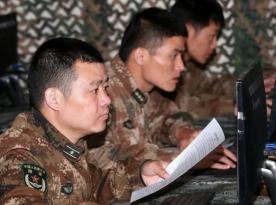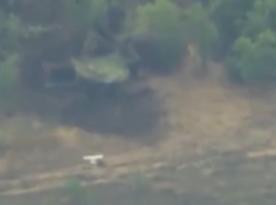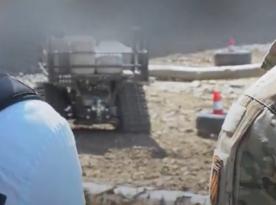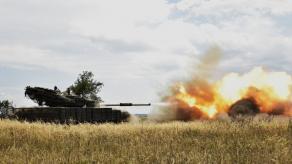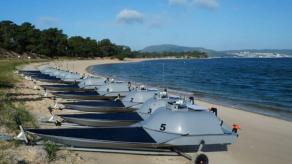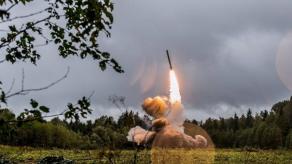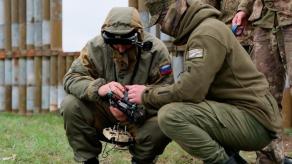Losses suffered by the russian armed forces during the full-scale invasion of Ukraine have significantly undermined the Kremlin's ability to fuel the wars in other regions of the world and significantly reduced Moscow's ability to start new big military operations.
However, if we evaluate russia's current military potential in view of the smaller conflicts the Kremlin is interested in, then it may well turn out that the russian army right now is quite capable of a limited-scale operation – such as the intervention of CSTO forces in Kazakhstan that took place in January 2022 year. This is the conclusion drawn by CSIS think tank in their latest research.
Read more: Losses of russian Armored Vehicles in the Battle for Staromaiorske (Photos)
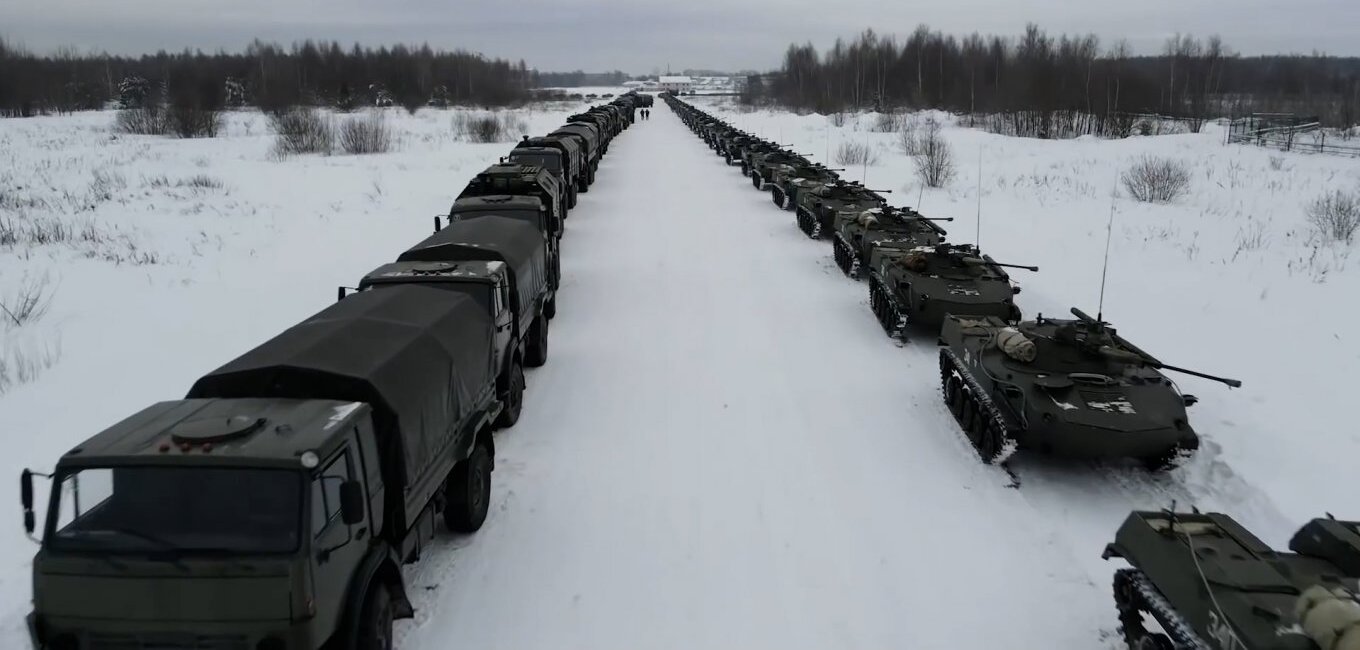
The thesis is based on the following. The analysts calculated that in January 2022, the russian army deployed only about 3,000 soldiers in Kazakhstan in January 2022, and a relatively small number of military vehicles.
These forces had quite a limited task: just take under protection some important facilities and critical infrastructure of Kazakhstan, so that Astana's own law enforcers were free to quell the revolts starting all over the state. The russian forces stayed in Kazakhstan for only one week and were taken back home afterward.
Taking these numbers as a starting point, russia still would be able to conduct a limited-scale operation in Central Asia using its CSTO obligations as a pretext. That is, if it takes only a few thousand personnel and the time frame of the operation is strictly limited.

At the same time, if Kremlin wanted, say, to start a new war in the Caucasus, comparable in scale to the war against Georgia in 2008, russians would need one to five years to at least partially restore its potential after the losses suffered in Ukraine. Because in 2008, russia engaged at least 25,000 military personnel and around 1,000 pieces of various equipment, including tanks armored fighting vehicles, howitzers, and rocket artillery systems in this campaign.
The amount of time the russian federation will need to reconstitute its military force to the point it is once again able to carry out such operations is estimated by CSIS experts at "many years" as there are too many factors to consider, including Moscow's decisions and industrial mobilization, potential support to russia by some of the few friendly countries, and sanction regime.
For illustration, the analysts provide the figures: from 2011 to 2018, russian military industry produced 185 tanks a year at most, both new and modernized. After 2018, the parameter grew up to 250 tanks a year which shows the effort russia puts in ramping up the production.
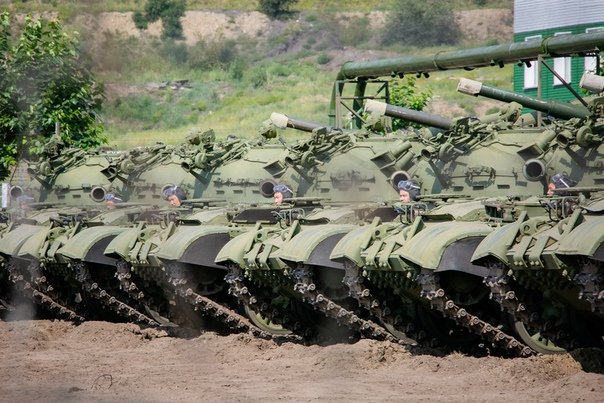
Read more: Russia’s “Ambitious” Reforms: Reinforcing Ground Forces with Major New Formations





